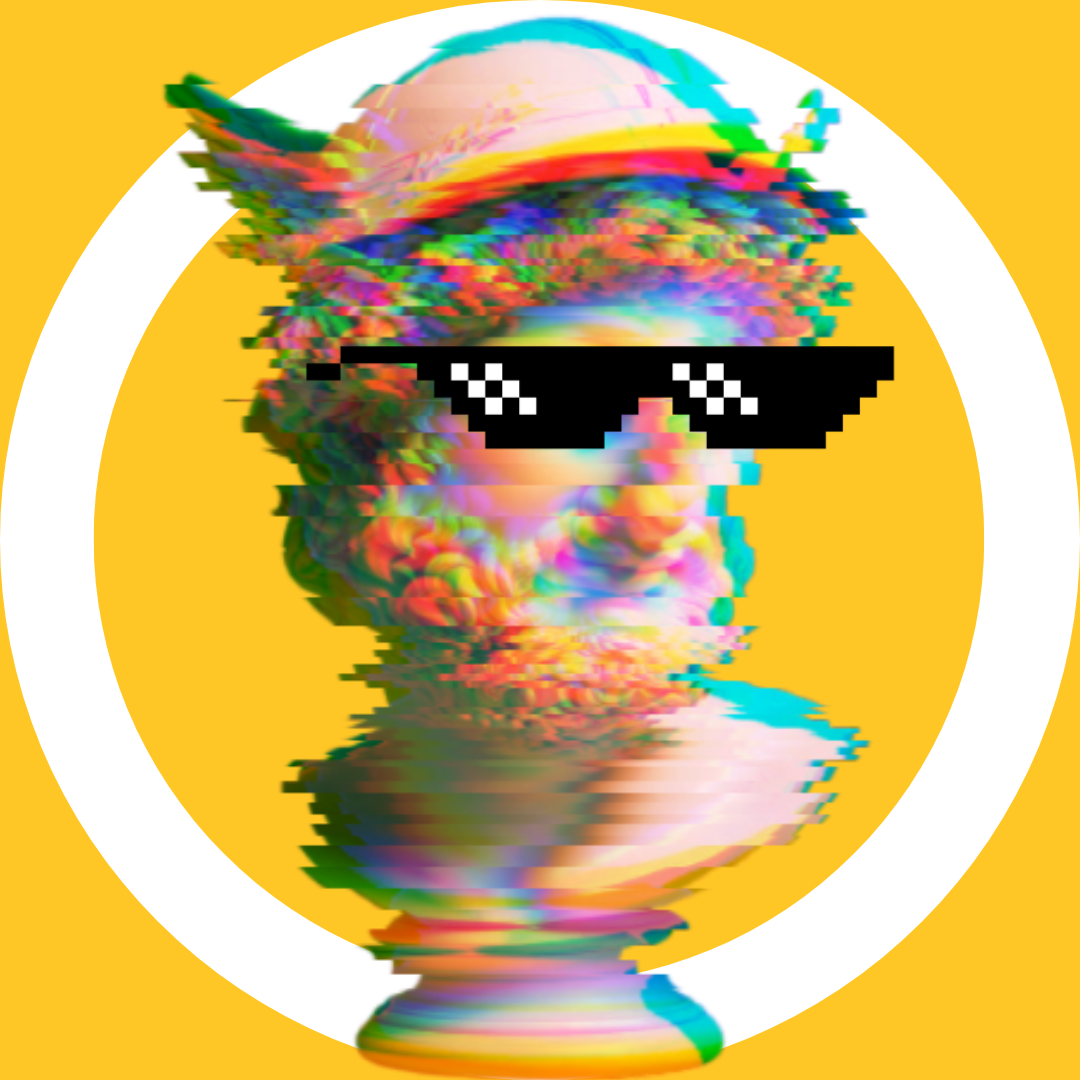Running Google Ads? This AI Max for Search post is worth a read.
My read, this is the account structure to use:
- Search campaign with highest value / most important keywords (exact match)
- AI Max to expand the audience and add incrementality
- PMax / Demand Gen for off-search reach
Brands are empty vessels that get filled with meaning through actions and co-creation with customers. Money does not equal meaning.
To be solidly profitable, companies need some kind of competitive advantage…
But it might equally rest on a trusted brand and well-worn habits of making the right kind of decision, quickly. In other words, profitability can rest on shared values, goals and practices too.
An organisation…that has developed the right kind of culture, may well be more attractive to customers
Brand building is expensive in the short run and cheap in the long run.
via Tim Harford
YouTube is the most universally popular platform out there.
Everybody watches YouTube. All the different age groups have big numbers.
YouTube is the closest thing to a mass media platform we have these days.


